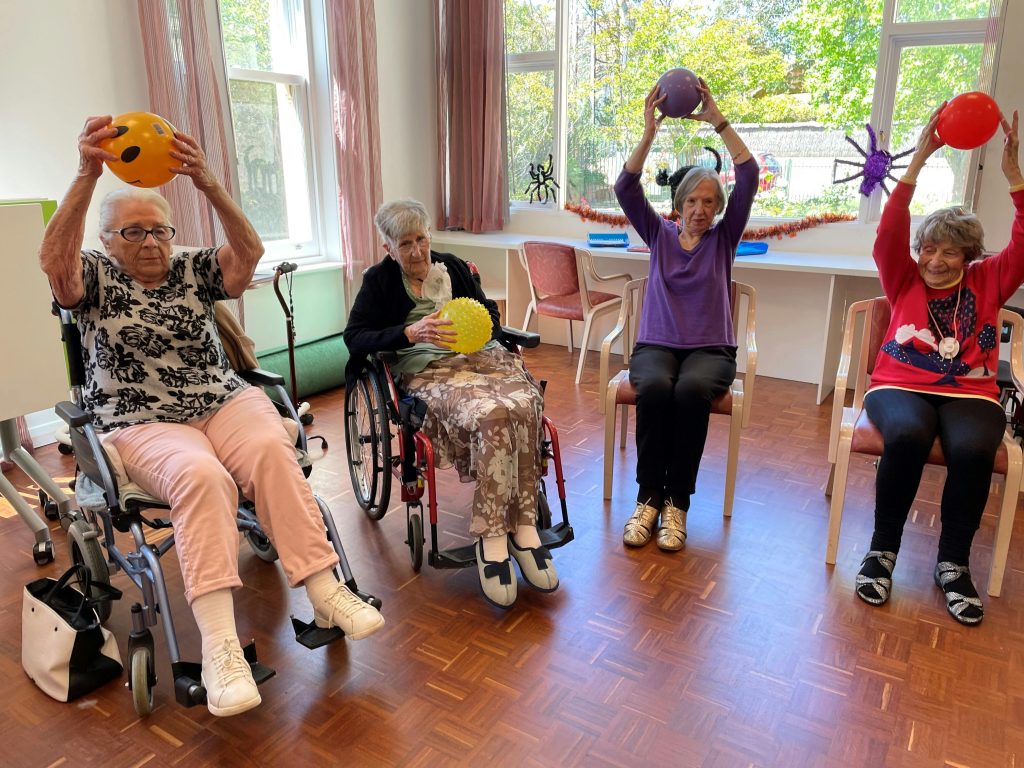Generating quality leads for assisted living communities is crucial for business growth. An effective lead generation for Assisted Living strategy can ensure a steady stream of potential residents, helping your community thrive.
1. Understanding Lead Generation in Assisted Living Marketing
Lead generation for assisted living involves attracting and capturing the interest of individuals (or their families) who are considering senior living options. Given the sensitive nature of this decision, it’s essential to approach lead generation strategically with empathy, trust-building, and clear communication.
Key Objectives:
- Build Awareness: Ensure your community is visible online and offline.
- Generate Interest: Capture attention through valuable content, helpful resources, and outreach efforts.
- Nurture Leads: Engage prospects through consistent follow-ups, personalized messaging, and guided tours.
- Convert Leads: Encourage action through clear calls-to-action (CTAs), informative content, and trust-building strategies.
2. Crafting a Solid Assisted Living Marketing Strategy
A well-defined marketing strategy is the foundation for effective lead generation. Your strategy should encompass audience research, content planning, and multi-channel promotion.
Audience Segmentation
Identify and categorize your target audience:
- Primary Audience: Potential residents or their families who are actively seeking senior living options.
- Secondary Audience: Healthcare professionals, social workers, or advisors who influence decision-making.
Content Strategy
Develop content tailored to different stages of the decision-making journey:
- Awareness Stage: Blog posts, infographics, and social media content focusing on common concerns (e.g., signs it’s time to consider assisted living).
- Consideration Stage: Detailed guides, checklists, and comparison charts about assisted living services and amenities.
- Decision Stage: Case studies, testimonials, video tours, and FAQs addressing specific needs.
Multi-Channel Promotion
Leverage multiple channels to reach a broader audience:
- Search Engine Optimization (SEO): Optimize your website with relevant keywords (e.g., “assisted living lead generation,” “senior care marketing”) and high-quality content.
- Social Media Marketing: Use platforms like Facebook, LinkedIn, and YouTube to promote content and engage with prospects.
- Email Marketing: Send targeted campaigns with personalized messaging and valuable resources.
3. Optimizing Your Website for Lead Generation
Your website is your primary tool for capturing leads. It must be designed to drive traffic and convert visitors into prospects.
User Experience (UX) Design
- Intuitive Navigation: Ensure users can easily find information like services, amenities, and contact options.
- Mobile Responsiveness: Optimize your site for mobile devices as many users browse on their phones.
- Clear CTAs: Use prominent buttons and forms like “Schedule a Tour” or “Download a Free Guide” to capture leads.
On-Page SEO
Implement SEO best practices to rank higher on search engine results:
- Keyword Optimization: Include primary and secondary keywords in titles, meta descriptions, headers, and body content.
- Content Structure: Use H1, H2, and H3 tags for hierarchical content flow.
- Internal Linking: Link related blog posts, guides, and service pages to keep visitors engaged.
Lead Capture Forms
Create effective forms that are short and focused:
- Simplified Forms: Limit fields to essential information (e.g., name, email, phone number).
- Lead Magnets: Offer valuable resources in exchange for contact details, such as eBooks, checklists, or brochures.
4. Developing a Content-Driven Lead Generation Strategy
Content marketing plays a crucial role in building authority and trust in the assisted living space. A well-planned content strategy can attract qualified leads and nurture them through the sales funnel.
Types of Content to Develop
- Blog Articles: Regularly publish content addressing common questions, concerns, and decision-making factors in assisted living.
- Video Content: Showcase resident stories, virtual tours, and interviews with staff to build credibility.
- Case Studies & Testimonials: Highlight real-life examples of how your community improves residents’ quality of life.
- Downloadable Resources: Guides, checklists, and comparison charts can act as powerful lead magnets.
Content Distribution and Promotion
- SEO Optimization: Ensure each piece of content is optimized for relevant keywords and search queries.
- Email Campaigns: Promote new content to your email list, encouraging subscribers to engage further.
- Social Media Sharing: Share blog posts, videos, and success stories on social platforms to increase reach.
5. Nurturing and Converting Leads
Once you’ve captured leads, it’s vital to keep them engaged and guide them toward making a decision.
Lead Scoring and Segmentation
Segment and prioritize leads based on:
- Engagement Level: How frequently they interact with your content (e.g., clicking emails, visiting your site).
- Demographic Data: Information like location, age group, and care needs.
- Behavioral Triggers: Actions like downloading a guide or scheduling a tour signal high interest.
Personalized Follow-Up Strategies
- Automated Email Sequences: Create nurturing sequences that guide leads through the decision-making process.
- Personalized Content Recommendations: Suggest relevant blog posts, videos, or testimonials based on their interests.
- Timely Follow-Ups: Schedule follow-up calls or emails within a few days of initial engagement.
Conversion Tactics
- Offer Limited-Time Promotions: Incentivize leads to take the next step by offering special discounts or packages.
- Host Webinars or Q&A Sessions: Address specific concerns in a live setting to build trust and engagement.
- Provide Decision-Making Resources: Share comparison guides, cost calculators, and detailed brochures.
6. Measuring and Optimizing Your Lead Generation Efforts
Data-driven optimization is key to refining your lead generation strategy. Regularly review performance metrics and adjust tactics accordingly.
Key Performance Indicators (KPIs) to Track
- Traffic Sources: Understand where your leads are coming from (organic search, social media, referrals).
- Conversion Rate: Measure the percentage of visitors who take desired actions like filling out a form or scheduling a tour.
- Lead Quality: Assess lead quality based on engagement level, relevance, and likelihood to convert.
- Cost per Lead (CPL): Calculate the cost to acquire each lead and optimize your budget accordingly.
A/B Testing and Continuous Improvement
- Test Different CTAs: Experiment with varying language, colors, and placements for your calls-to-action.
- Optimize Landing Pages: Compare different landing page designs and copy to maximize conversion rates.
- Analyze Content Performance: Regularly review which content resonates most with your audience and double down on those topics.
Conclusion
Effective lead generation in assisted living marketing requires a strategic, data-driven approach that focuses on building trust, delivering value, and guiding prospects through their decision-making journey. By refining your strategy across all touchpoints—from content creation to lead nurturing—you can attract more qualified leads and convert them into satisfied residents.



